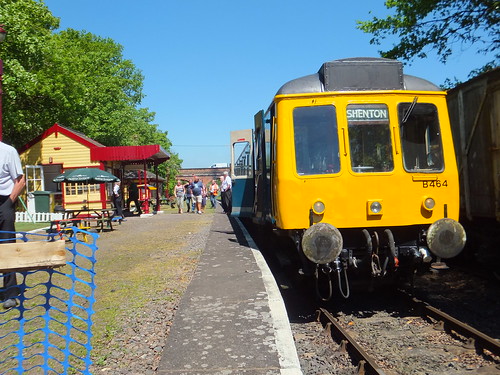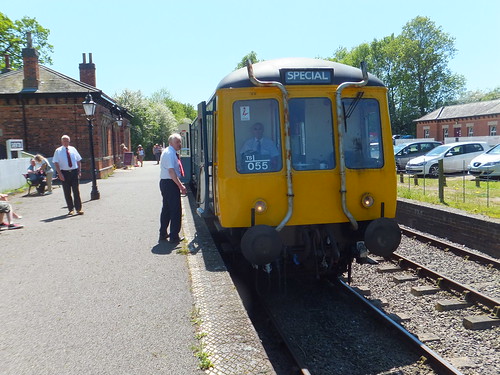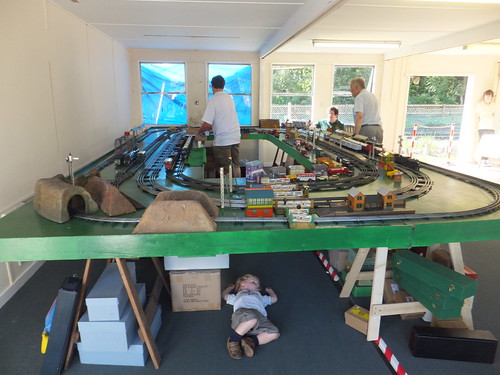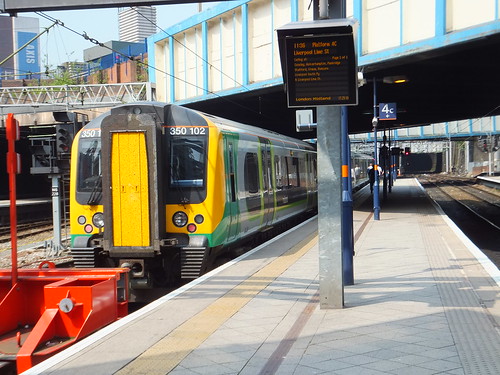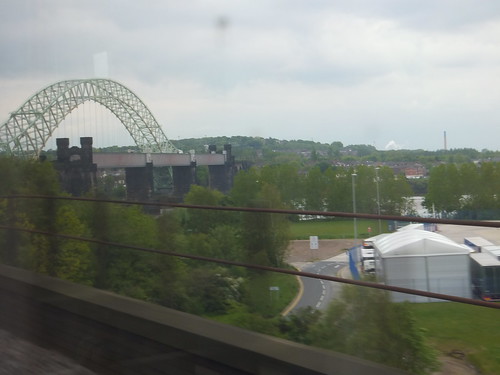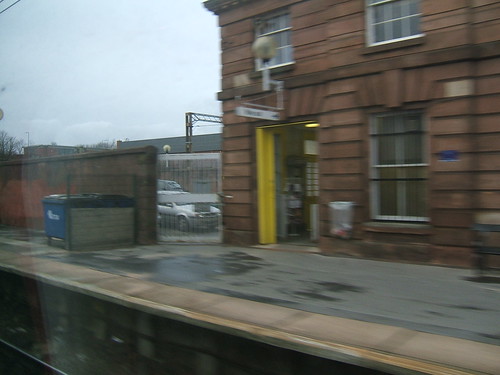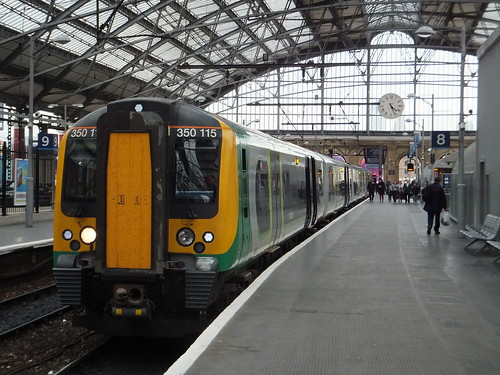View in April 2011 showing the just-completed clinic building in Bagan.
For some time, the 'Road to Mandalay' charity had been planning to establish a free medical clinic in Bagan. The local Head Monk provided a suitable site near the Ayeyarwaddy River and, with construction costs available, the building was completed on 23rd April 2011, complete with an external toilet and shower room, just before the important Water Festival in Myanmar.
Whilst permission for treatments to commence was being obtained from the Local Authority, the clinic was made available for temporary use by health volunteer organisations or NGOs.
August 2011
The clinic was opened to patients on 6th August 2011, based on a budget of one paid doctor and 600 U.S. Dollars per month for medicines. The clinic initially opened for two and a half hours on Fridays, five hours on Saturdays (two and a half hours in the morning, two and a half hours in the afternoon) and two and a half hours on Sundays. Patients were asked to pay a notional charge for a consultation if they could afford it but this was waived for poor patients.
At the beginning, the two and a half hour clinic would see 20 - 25 patients. During August, the clinic opened 16 times, treating a total of 335 patients.
September 2011
By September, as the clinic became well-known around Bagan, Nyaung Oo and the various villages in the area, the number of patients treated in each clinic had increased to 40 - 60. The duration of clinics was sometimes extended to five hours, to complete the treatment of waiting patients. The clinic opened 17 times in September, treating a total of 784 patients during the month.
Patients waiting to be seen by the Doctor.
October 2011
Patient numbers continued to increase. On the 8th October 2011, Dr. Hla Tun and two local doctors treated 151 patients. Just one example is a 70 year old lady from the village of Taung Ba treated for back and knee pain. She had heard of the clinic some weeks before but had no means of getting to the clinic. Eventually, villagers collected money to hire a Chinese-made lorry to bring a group of villagers, including the old lady, to Bagan. Even by lorry the journey, over dirt roads, took over an hour each way. Two days before, a guest on 'Road to Mandalay' had donated 90 pairs of spectacles and so the old lady's blurred vision could be corrected by selecting an appropriate pair of glasses. Other patients arrived by boat, paddling the small craft for an hour and a half to reach Bagan.
A lorry hired to bring patients from a remote village.
On the 9th October, there were over 50 patients waiting for treatment when the clinic opened. Some had come on foot, some on motorcycles, others by lorry. Many had brought a lunchbox anticipating a lengthy wait for treatment.
Patients waiting outside the clinic for treatment in October 2011.
On 15th October 2011, Dr. Hla Tun and a local doctor treated 137 patients. On the 16th October 2011 a group of patients arrived in a hired lorry from Chan Thar Gyi.
Because of the increasing demand, it was decided add an additional clinic on each Friday morning.
The clinic opened 22 times in October, treating a total of 1434 patients during the month.
Official Opening Ceremony, October 2011
The Official Opening Ceremony of the Clinic took place on Sunday, 30th October 2011 and that is described here. As soon as the joyful ceremony was complete, the clinic went back to treating the waiting patients.
Jan Ford speaking (in English) at the Opening Ceremony.
November 2011
In November, Dr. Hla Tun and two local doctors treated a total of 1,723 patients.
 Patients waiting outside the Clinic (Photo: Dr. Hla Tun).
Patients waiting outside the Clinic (Photo: Dr. Hla Tun).
Patients from Taung Ba village (about 18 kilometres from the Clinic) travelled in a Chinese-built 'Trawler' vehicle. Other patients came from remote villages up to 30 kilometres from Bagan. Around ten patients had travelled between 70 and 105 kilometres to reach the clinic.
One of the patients who travelled a long distance to the Clinic was a 17 year old girl student accompanied by her mother from a village in Sake Phyu Township. It cost them around 7700 Kyats (about 10 USD) to make the journey using buses and a river ferry. They lived near the bank of the Yaw Stream and early on the 20th October 2011, their wooden house and around 20 neighbouring houses were swept away by the current during heavy rain. The girl is a Grade 11 boarding student and, because of a gastric problem, her mother was away from home taking care of her daughter at the time of the flooding. Her father was alone in the house at the time of the flooding. He survived but all the family possessions were lost. The girl had made an initial visit to the Clinic on 30th October 2011 and she returned on 18th November 2011.
There are more photographs of the clinic here.
Donation of stationery, teaching aids, antifungal ointment and money to the Head Monk (Photo courtesy RTM).
Donation of a World Map as a teaching aid with the new school building in the background. Photo: RTM).
Children practicing meditation (Photo: RTM).


